A concrete sleeper production line is a manufacturing system designed for the mass production of concrete sleepers, also known as concrete railroad ties. Concrete sleepers are used as a stable and durable base for railway tracks. Here is a general overview of the components and processes involved in a concrete sleeper production line:
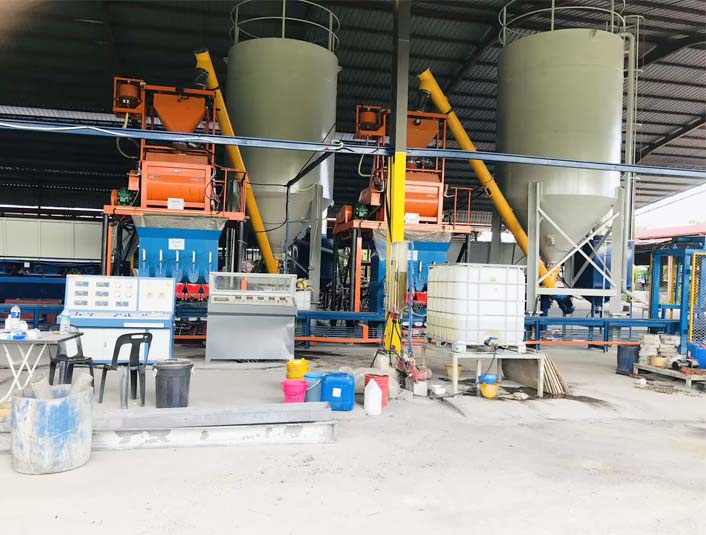
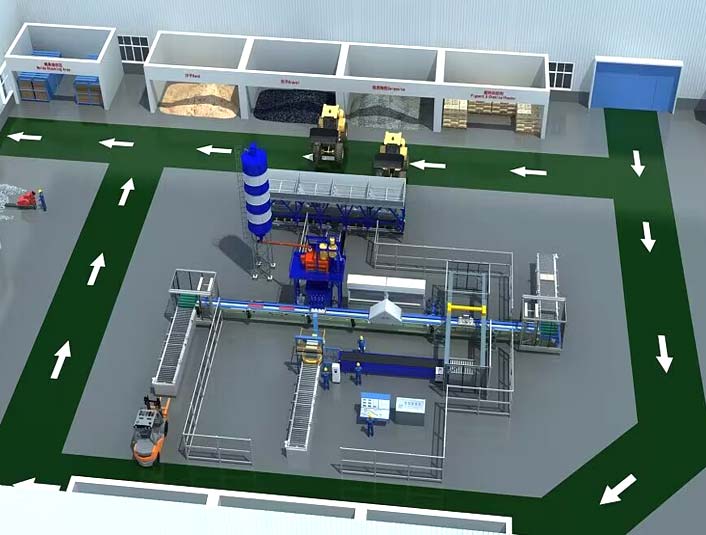
Concrete Batching Plant: The production line begins with a concrete batching plant where the raw materials are mixed to create the concrete mixture. The batching plant consists of storage silos for cement, aggregates (such as sand and gravel), water storage tanks, and a computerized control system to ensure precise mixing ratios.
Concrete Sleeper Molds: Specialized molds are used to shape the concrete into the desired sleeper design. These molds are typically made of steel or other durable materials and may have adjustable features to accommodate different sleeper sizes and configurations.
Concrete Pouring: The concrete mixture is poured into the mold, either manually or using an automated system. The mold is filled to the required level, ensuring proper compaction and elimination of air pockets.
Vibrating and Compacting: Vibrators or compactors are used to remove trapped air bubbles and ensure proper compaction of the concrete within the mold. This process helps enhance the strength and durability of the concrete sleepers.
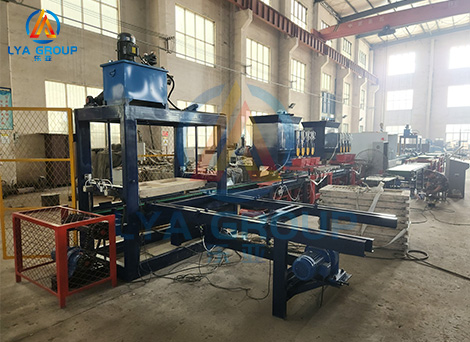
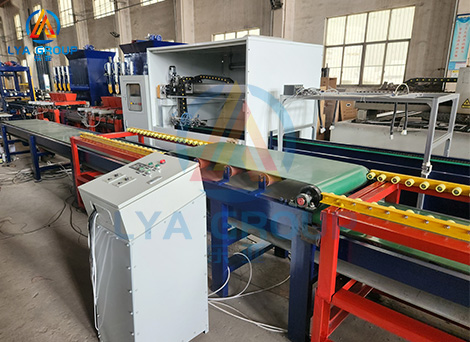
Curing: After the concrete is poured and compacted, the molds with the freshly poured sleepers are transferred to a curing area. Curing involves maintaining the ideal temperature and humidity conditions to allow the concrete to properly harden and gain strength. This process typically takes several hours or days.
Demolding: Once the concrete sleepers have sufficiently cured and hardened, the molds are opened, and the demolding process takes place. Demolding may involve using demolding machines or hydraulic systems to release the sleepers from the molds without causing any damage.
Finishing and Quality Control: The demolded concrete sleepers undergo a series of quality checks and finishing processes. These may include trimming any excess concrete, inspecting for defects, and applying surface treatments or coatings to enhance their appearance and durability.
Stacking and Storage: The finished concrete sleepers are stacked and stored in designated areas or pallets. They are usually transported using forklifts or other material handling equipment to prepare them for shipping or installation at railway sites.
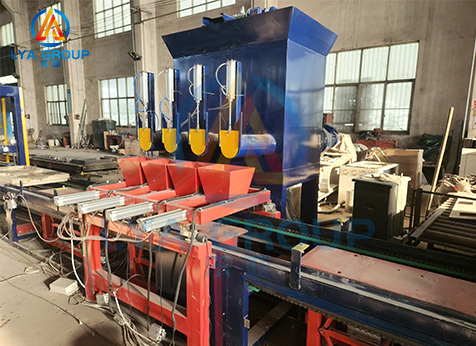

It’s important to note that the specific layout, equipment, and processes in a concrete sleeper production line can vary depending on the manufacturer and the desired production capacity. Advanced production lines may incorporate automation and robotics for increased efficiency and productivity.